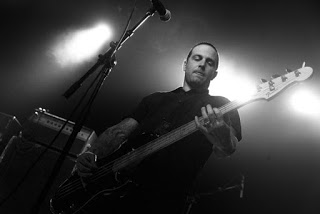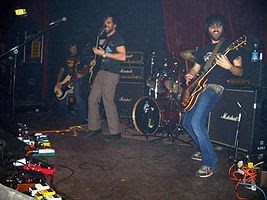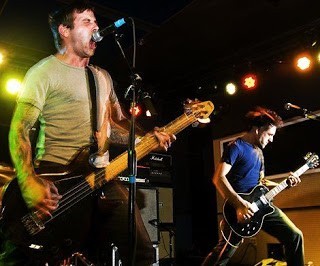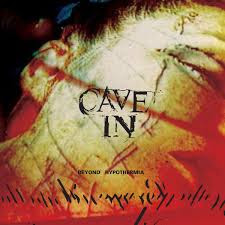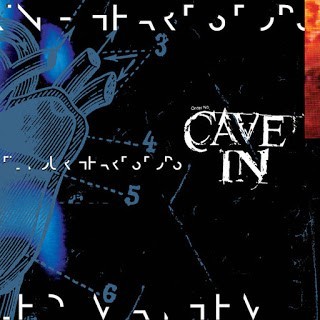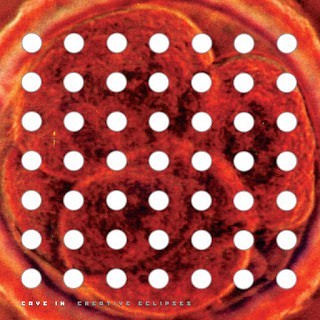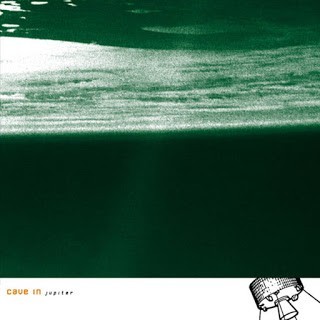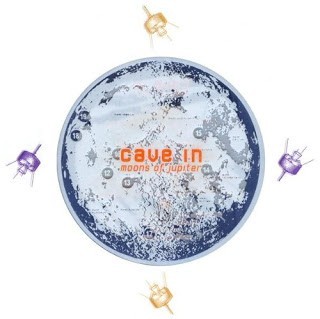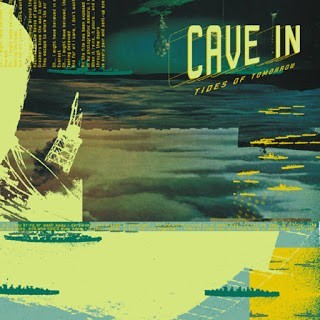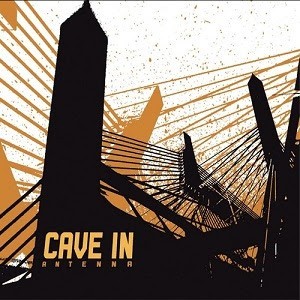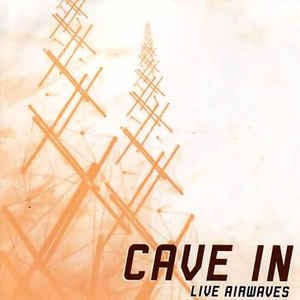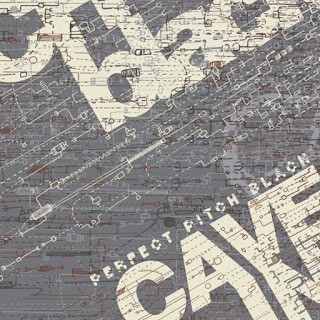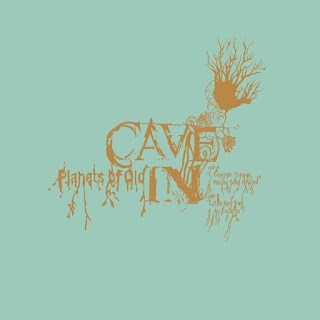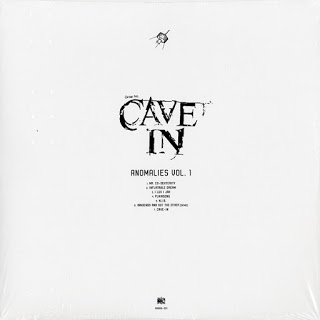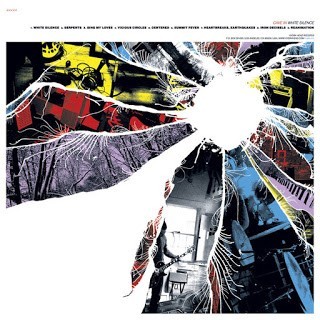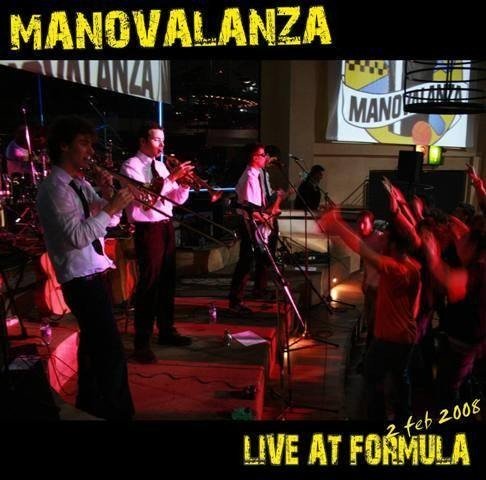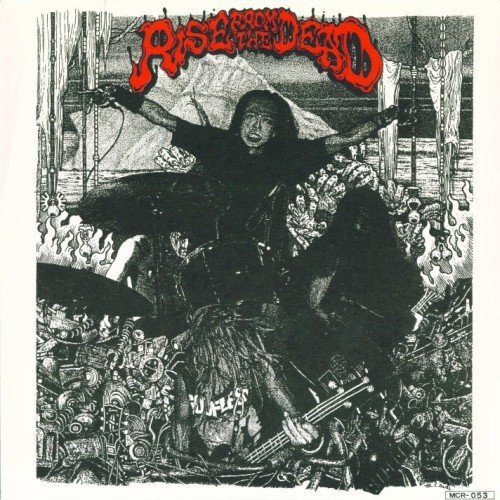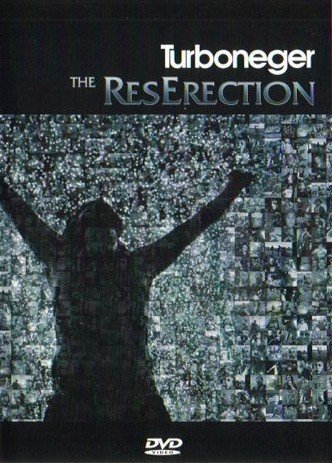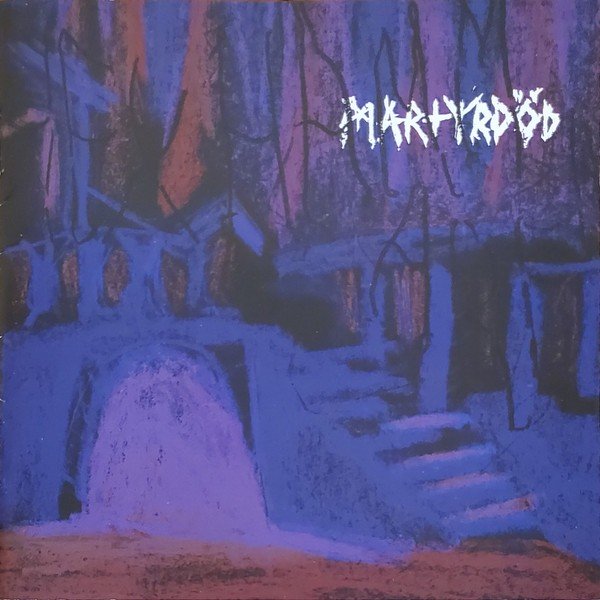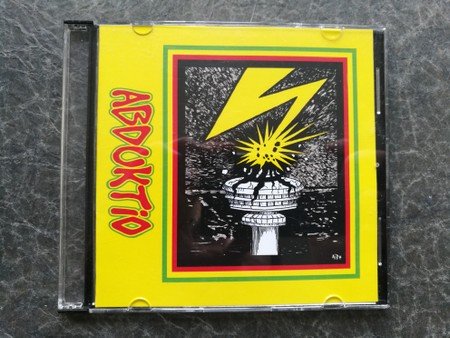
File download is hosted on Megaupload
As is now tradition, every 100 posts on this blog are marked with a “milestone” of sorts, which is usually in the form of posting a highly-requested band or major artist. We are now at post 700, and I cannot say it enough: thank you for keeping this blog alive, even after it almost died last year. It’s still bewildering to see the amount of people continuing to utilize it. Today not only marks post 700, but it was also this exact date (April 23) that I started this blog 6 years ago. To think about all that has happened in that time, and the fact that this fucking thing is still going is beyond amazing, and I’m just as happy to continue doing it. Once again, thank you, and that’s enough of my personal rambling.
Cave In have been one of the few bands that have left a crater on this blog due to their absence, especially considering their importance and influence on so many other bands. Unfortunately, they were tinged with a bout of unimaginable sadness recently with the unexpected passing of long-time member Caleb Scofield (RIP). He was nothing short of an amazing musician whose legacy will be felt for a long time, with this band and his many others. Before going any further, I just wanted to quickly share this fund set up to help his wife and two young children through a pain I cannot even begin to fathom. You can donate or share at the link below:
They followed up their debut with an EP released in 1999, titled Creative Eclipses. This was a major departure from their metal roots. They began experimenting with “space rock”, with vocals that were primarily sung, the use of synths, and a focus on atmosphere over riffs. They even included a folk-y acoustic track on this EP. What was thought to be an experimental detour by fans turned out to be the band’s next sonic stage, since the release of their sophomore album Jupiter carried on this progressive sound. This proved to be a commercial success, which caught the attention of major labels.
The band signed to RCA Records, a move rarely done by bands of their origin. The result was Antenna, a full-fledged alternative rock record, which can be best summed up as their “Dear You” record. Their original fans turned their back on the band for their commercialized sound, the album did not prove to be the success the label hoped it would be, and it did not spawn a major hit (only a minor one with “Anchor”). Cave In also toured with Foo Fighters, just like Jawbreaker did before they broke up, though by now the Foo Fighters were a much bigger band. Though Antenna was initially a disappointment to long-time fans, just like Dear You, it took a few years for people to appreciate the solid record that it really is.
Frustrated by their major label, Cave In began working on the follow-up to Antenna. They returned to an aggressive, metal-based sound, more in common with their roots than their last two albums. Once RCA heard the demos for this new album, they were dropped by the label, and subsequently returned to Hydra Head. The result was Perfect Pitch Black, released in 2005. Though a return to form in many ways, the band do not try and recreate the early sound they had on Until Your Heart Stops. It’s a matured approach to metalcore through the lens of their years of progressive experimentation, where the riffs and guttural vocals do come back, but with a stronger sense of melody and at a less frenzied pace. Following this album, the band went on hiatus in 2006.
Cave In didn’t disappear for long, since they regrouped in 2009 for more shows and the release of a new EP, Planets Of Old. This was followed up with their first new full-length in 6 years, which was 2011’s White Silence. This record displayed an eclectic mix of what Cave In do, with some experimental slow burners (“Heartbreaks, Earthquakes”, “Reanimations”, “Iron Decibels”) and some hard-hitters (“Vicious Cycles”, “Serpents”). It’s an incredible amalgamation of what the band had been working on for over a decade.
Shortly after White Silence, the band remained somewhat inactive, only playing sporadic shows here and there. Unfortunately, just as it appeared they were gearing back up, they were struck by the previously mentioned tragedy. The loss of integral member Caleb Scofield is incredibly unfortunate, though he has left behind a ton of amazing music that will live on for decades to come. Below is just a sliver of that output. Cave In members were known for being active in many other projects. Most notably, Caleb was also a member of Old Man Gloom (highly recommended) and Zozobra. Stephen Brodsky was briefly a member of Converge (he played bass on When Forever Comes Crashing), as well as Mutoid Man, Pet Genius, New Idea Society, and Kid Kilowatt, along with Kurt Ballou (Converge) and Adam McGrath (also of Cave In). Adam and drummer JR Conners are also members of Nomad Stones. Across numerous projects, and particularly in the case of Cave In, its members have crafted some of the best music in recent history. Regardless of the band’s future, what they have achieved thus far is more than most do in a lifetime, and they have cemented a legacy that nobody will soon forget. Enjoy.

















